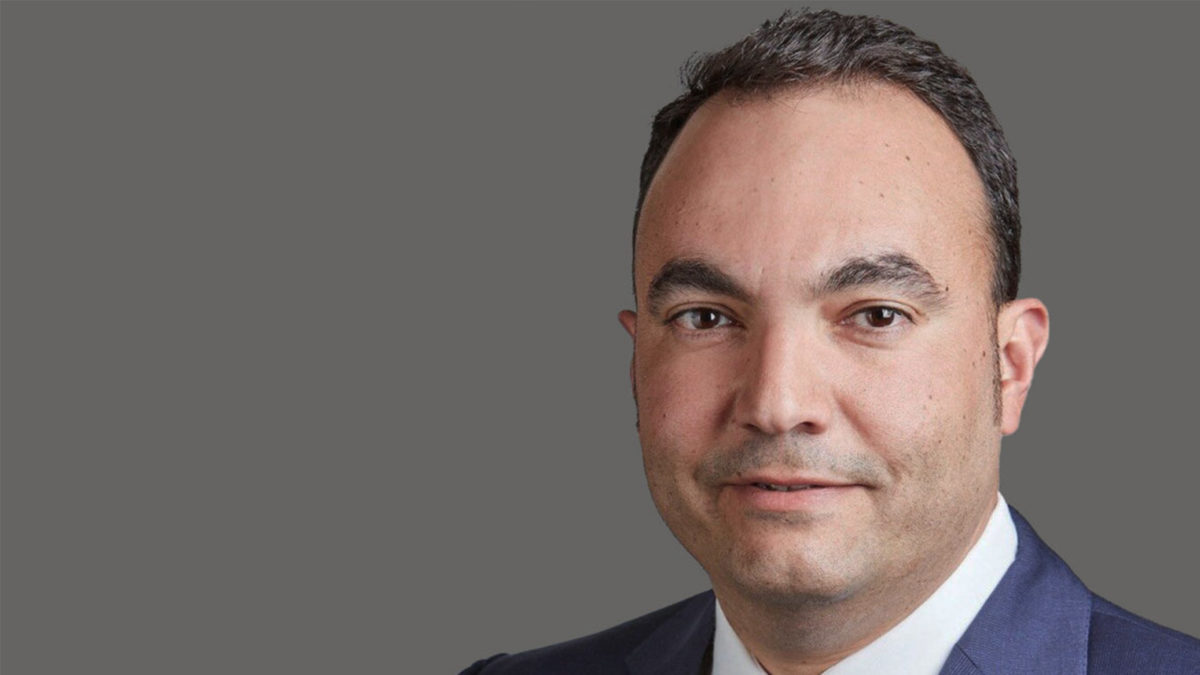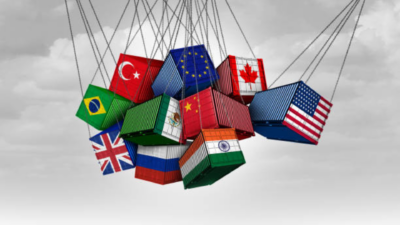Sovereign wealth funds in a disappointing year
The world’s most transparent sovereign wealth and pension funds have returned “disappointing results” as the drop in bond and stock prices finally kneecapped a decade of growth, according to Global SWF’s August report.
While it’s too early to issue a definite statement, Global SWF (headed up by Diego Lopez, photo at top) says 2022 might finally be the year in which the size of the industry declines, as measured by its AUM- something that neither the GFC nor Covid-19 managed to do.
Norges Bank Investment Management, the world’s largest sovereign wealth fund, returned -4.9 per cent in the first quarter off the back of its massive passive exposure to listed equities. That translates to a loss of US$73 billion, and its second quarter numbers, which will be released in mid-August, may be “much worse”. CalPERS has returned -12.5 per cent (a loss of US$63 billion), while Japan’s GPIF, the world’s largest public pension fund, managed a relatively good return of -1.1 per cent due to its exposure to domestic markets.
“In this context, Global SWF has estimated the underlying losses the industry may have experienced during the first and second quarters of the year,” the report says. “Overall, SWFs may have lost US$ 2.1 trillion and PPFs, US$3.9 trillion, totalling US$6.0 trillion (-18 per cent of AUM).”
“It is important to highlight that these are not realized losses and may not be reflected in our updates if the funds do not choose to report or to take them, depending on their accounting standards.”
Still, there’s a silver lining for the 50 per cent of SWFs sourced from commodities, which are poised to receive large surpluses by year-end off the back of increased oil prices. Pension plans will also continue to receive net contributions from participants, albeit at a lower pace.
Investment activity in the first few months of 2022 also confirmed a trend that Global SWF has observed in recent years, with state-owned investors investing less in G7+ nations (66 per cent in FY17 to 55 per cent in YTD2022) and more in Brazil, Russia, India, and China (13 per cent to 23 per cent).
“In the context of a highly polarized world, this matters,” the report says.











